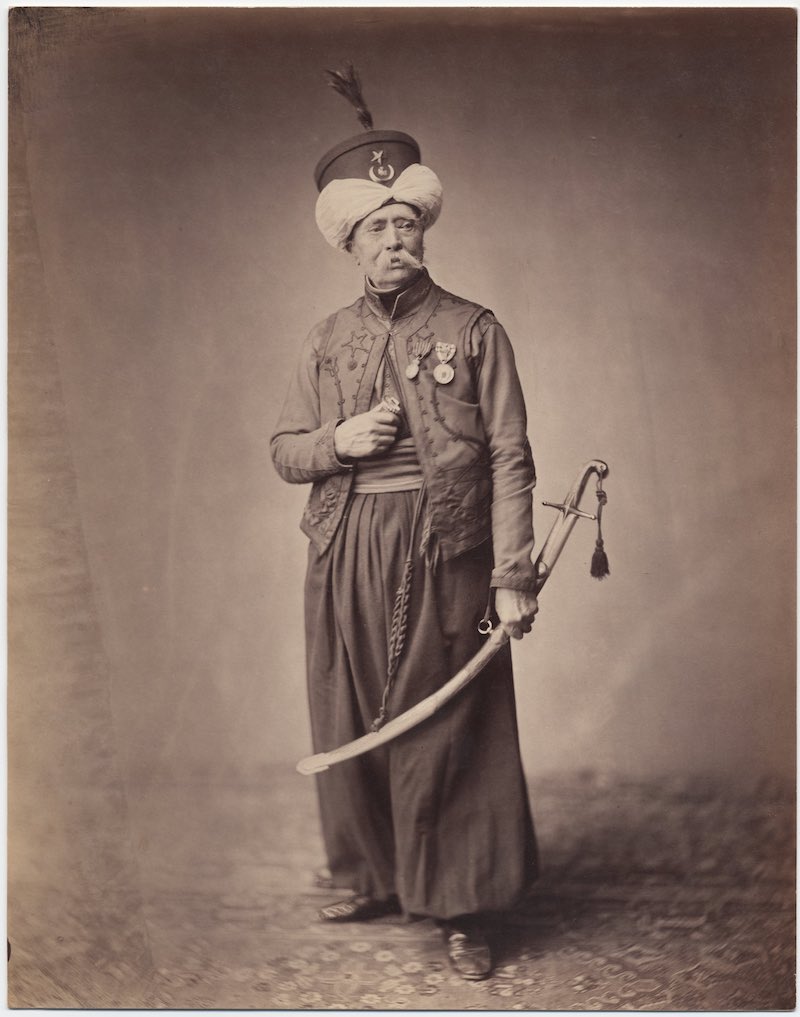Lenny Bruce: what comedian today — or countercultural public speaker of any kind — doesn’t name him as an influence? But history has remembered the cutting-edge funnyman of the 1940s, 50s, and 60s as not just an influential figure, but something of a martyr to that quintessentially American cause of free speech. One need only read the story of Bruce’s many legal troubles, a succinct version of which you can find at The Trials of Lenny Bruce Homepage, to understand that the authorities of the mid-20th century interpreted that cause quite differently than we do now. Doug Linder, the author of that piece, describes Bruce’s fall from the peak of his career — a 1959 appearance on national television (introduced by Steve Allen as “the most shocking comedian of our time, a young man who is skyrocketing to fame”), a packed house at Carnegie Hall two years later — to his early death, five years on, after the ravages of bankruptcy, drugs, and courtrooms.
What happened to this promising comedic luminary? All too many comedians flame out due to addiction and financial issues, but Bruce had the considerable burden of running afoul, again and again, of “obscenity” laws: at a San Francisco jazz club, at West Hollywood’s famous Troubadour, at Los Angeles’ Unicorn, in Chicago, and so on. Bruce may have thought himself safe in the comparatively un-Puritan setting of Greenwich Village, but even there, on the fateful night of March 31, 1964, a CIA agent sat in the audience of one of his performances and diligently collected evidence against him. An arrest, arduous, high-profile trial, and conviction followed. Though New York’s highest court would reverse this conviction in 1970, the damage had long since been done, and Bruce himself had died four years earlier.
You can hear the daring material that condemned Bruce above, from the out-of-print album What I Was Arrested For: The Performances that Got Lenny Bruce Busted. (His routine “To Is a Preposition; Come Is a Verb,” which especially ticked off the investigators, appears just above.) Fifty years after the trial, would any of this “obscene, indecent, immoral, and impure drama, play, exhibition, or entertainment,” as the law says, “tend to the corruption of the morals of youth and others”? As All Music Guide’s Sean Carruthers writes of the album, which first came out in 1969 and again in 1975, “It’s amazing what just a few years can accomplish in terms of changing social values — by the time this was re-released, there wasn’t really a whole lot here that would get people too upset.” And so, in perhaps the most telling testament to the ultimate victory of Lenny Bruce, that 20th-century Socrates, the world has become safe for any one of us to publicly utter words like — well, better to hear them straight from the sage of obscenity’s mouth, right?
Related Content:
Lenny Bruce Riffs and Rants on Injustice and Hypocrisy in One of His Final Performances (NSFW)
George Carlin Performs His “Seven Dirty Words” Routine: Historic and Completely NSFW
“Television Taboos”: 1949 Photo Spread Satirizes the Moral Codes of Early Television
Colin Marshall hosts and produces Notebook on Cities and Culture and writes essays on cities, language, Asia, and men’s style. He’s at work on a book about Los Angeles, A Los Angeles Primer. Follow him on Twitter at @colinmarshall or on Facebook.













